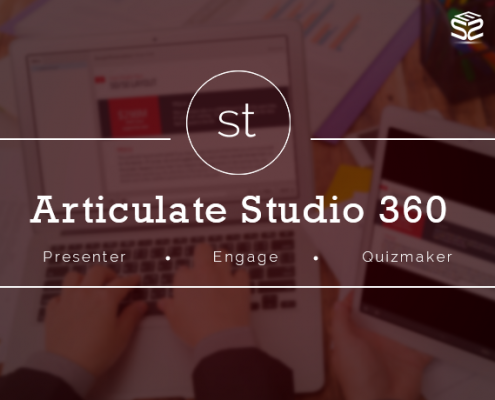What’s New in Presenter and Engage 360?
Content Library Integration
To further speed up eLearning development, Presenter and Engage comprises an integrated content library. Browse characters and templates from the Content Library right away.
Slide Templates
Download and customize the beautiful slide templates from the Content Library and use it right away to develop your eLearning courses.
Timeline
With new visual timeline, you can easily synchronize audio, annotations and animation.
Responsive Player
Presenter 360 comes with a new responsive player that adapts the course content to the screen size and orientation of various devices without any manual coding. It removes sidebar menus to deliver a mobile-friendly output.
Responsive Preview
Now you can easily preview your eLearning content to see how it looks on different devices while you are still developing the course. Click the device icons to preview the content.
Responsive Playback Restrictions
You can now control the mobile device orientations your learners use to view your course. Using responsive playback restrictions, you can now restrict content to a specific orientation in which it works best.
HTML5 Gestures
Creating responsive HTML5-based eLearning content is now easy with the new responsive player. This new responsive player has been optimized for touch control. HTML5 gestures are auto-enabled by default. It allows learners to swipe, pinch, pan, drag and scroll without any manual intervention effortlessly.
Publish to Articulate 360
You can easily publish your eLearning courses by uploading it to Articulate 360 and see how it works on different devices. You can also obtain feedback from reviewers and stakeholders with Articulate Review app.
Publish Formats
Publish your eLearning content in multiple formats for tablets or smartphones. You can even prioritize one format over the other such as HTML5‑only output, Flash‑only output, or both
Web Content Accessibility
Along with Section 508 compliance, now you can create eLearning courses that are compliant with Web Content Accessibility Guidelines (WCAG).




